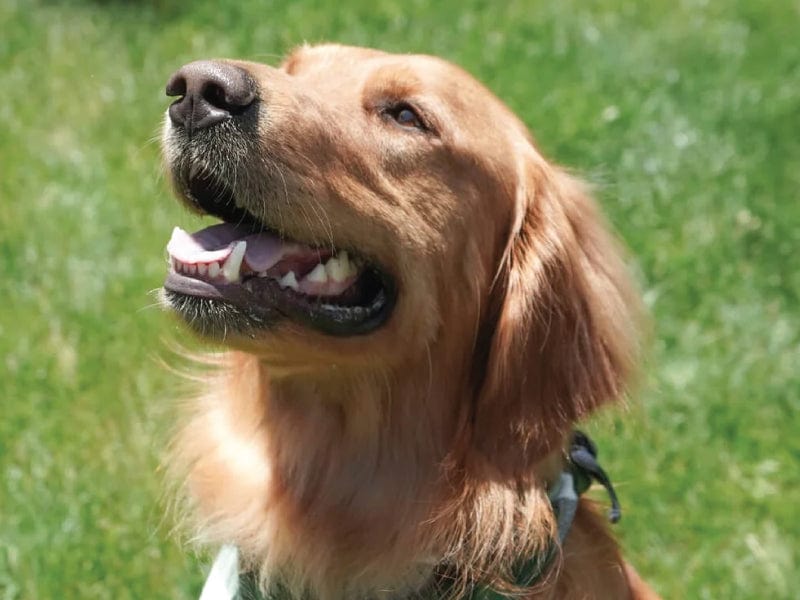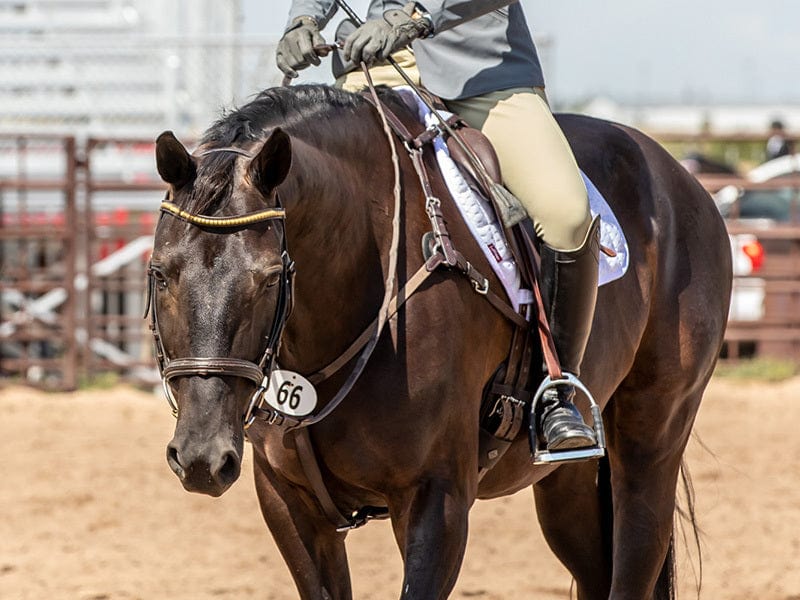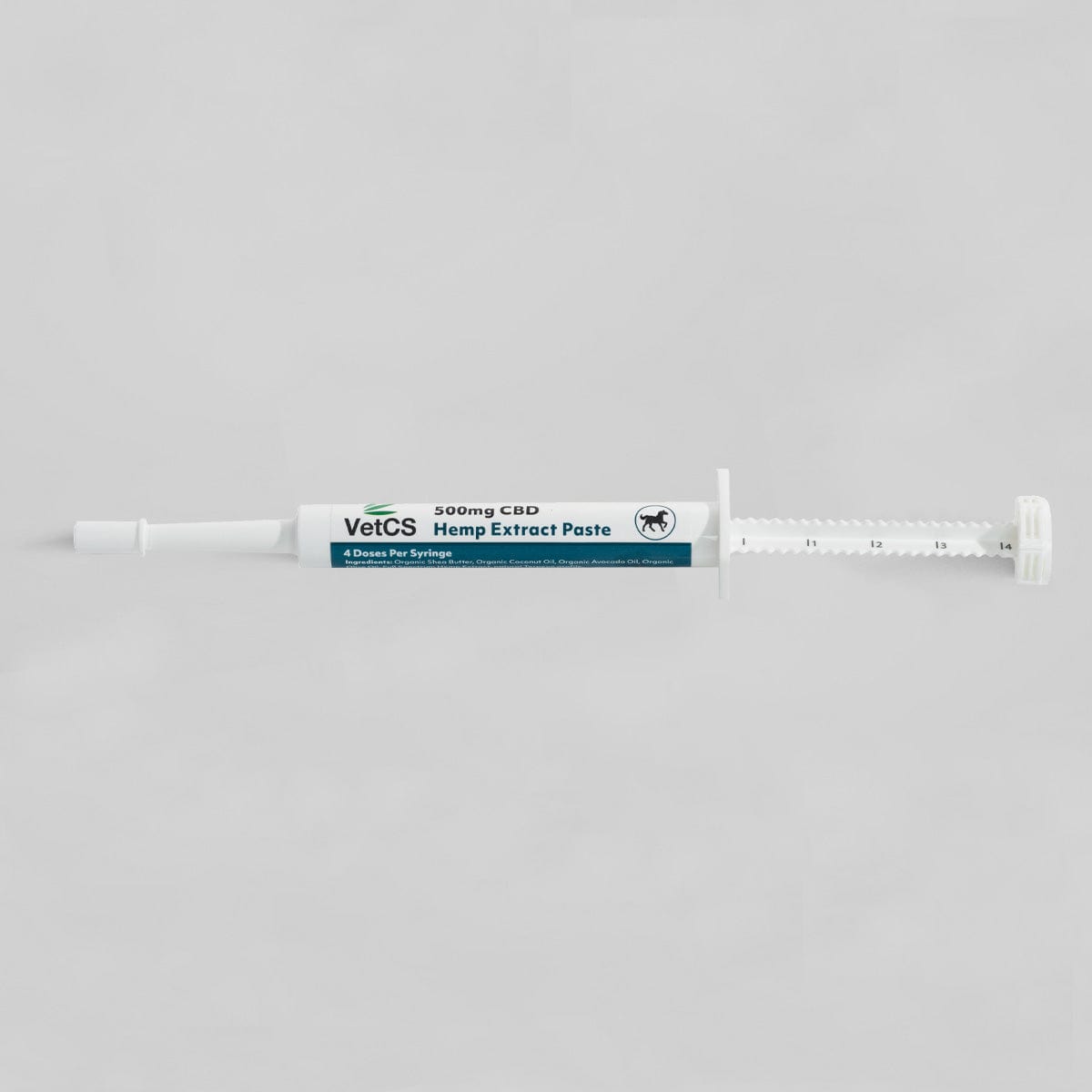I've lived in Colorado my whole life, and I love going into the backcountry with my brothers and our dogs. Whether hiking, camping, or rock climbing, I've learned a lot about taking dogs out on outdoor adventures. Unfortunately, I've learned some of these lessons the hard way, so I decided to put together six safety tips to consider when taking your dog into the backcountry this summer.

1. Be prepared for an emergency. Don't forget your dog's needs!
Every time we go into the backcountry, it comes with some inherent risks. The key is to be prepared! People often forget emergency first aid equipment for themselves -- and even more often forget to think of their dog. I recommend always taking a first aid kit with you. Many adventure first aid kits are equipped with supplies that both you and your dog can use -- like bandages, tourniquets, and emergency shelters. I also highly recommend the compact emergency caring harness from Fido Protection. This harness will help you carry your dog to safety if they can't make it on their own.

2. Moving water & dog safety
A small stream that looks harmless to people can be dangerous for your dog. I have witnessed firsthand a dog being washed downstream in knee-deep water her owner was able to cross easily. This can cause the dog harm and also endanger the owner if they try to rescue the dog. Riverbanks are often steep and deep. Be mindful when your dog is near any moving body of water.

3. Mountain bikes & dog safety
Mountain bikes are fun and a great way to get into the backcountry, but they do pose a danger to your dog. Be mindful of trails and roads that allow for biking or ATVs, and keep your dog near. Many trails have limited sight distance, and dogs are small and easily hidden by foliage. Always consider that a mountain biker may be moving very quickly downhill and might not stop if your dog is in the middle of the trail. This could result in a dangerous situation for your dog and the rider.

4. Don't push the limits
Dogs can overheat easily. The best bet is not to take your dog on the trail if the temperature is higher than 90 degrees. Dogs' paws are also sensitive to heat, and high temperatures can also mean very hot trail surfaces that can cause your dog pain and damage their paws. Also, you should always consider your dog's abilities and pick an activity that doesn't take them farther out than you know they are capable of going.

5. Keep your dog on a leash
I'll be honest: I prefer to see my dog running through a field, not leashed and loving life, but nearly all accidents can be avoided by keeping your dog on a leash. Well-trained dogs who answer to voice commands love hiking, but you can't control bears, bikes, thunder, or other unpredictable situations. The safest way to hike with your dog is on a leash -- and many trails and recreation areas require it. If you do feel comfortable taking your well-trained dog off-leash, you must be hyperaware of the environment around you, respond quickly, and assume the risk in the case your dog reacts abnormally in a high pressure situation.

6.After hike care
Dogs love going into the backcountry just like us. And everyone enjoys relaxing at home after a long weekend outdoors. I recommend the VetCS CBD Oil for Medium Breed Dogs 1000mg for dogsafter long, hot adventures in the mountains. I also sometimes put the VetCS 250mg CBD Calming Peanut Butter Paste in a Kong toy for the drive home.
Enjoy the great outdoors this summer but use common sense and always be prepared for the unexpected!












